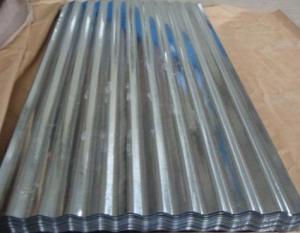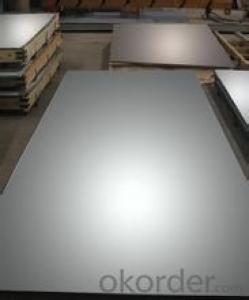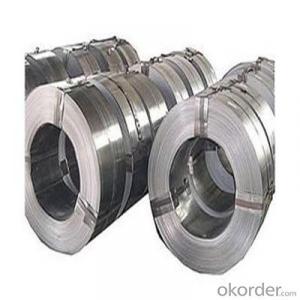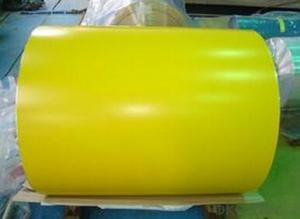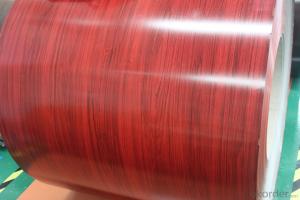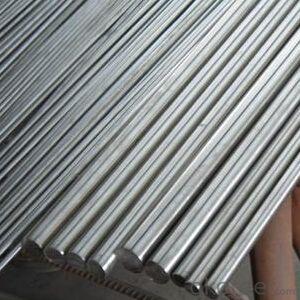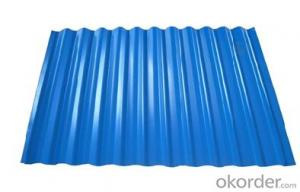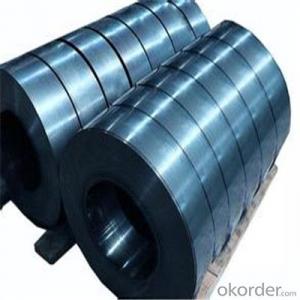All Categories
- - Steel Wire Rod
- - Steel Coils
- - Steel Profiles
- - Steel Pipes
- - Stainless Steel
- - Tinplate
- - Special Steel
- - Steel Sheets
- - Steel Rebars
- - Steel Strips
- - Hot Rolled Steel
- - Cold Rolled Steel
- - Pre-painted Steel
- - Seamless Steel Pipe
- - Welded Steel Pipe
- - Hollow Steel Tubes
- - Galvanized Pipe
- - Stainless Steel Coil
- - Stainless Steel Sheet
- - Stainless Steel Plate
- - Stainless Steel Strips
- - Electrolytic Tinplate Coil
- - Electrolytic Tinplate Sheet
- - Stainless Steel Rebars
- - Solar Panels
- - Solar Water Heater
- - Solar Related Products
- - Solar Inverter
- - Solar Cells
- - Solar Light
- - Solar Energy Systems
- - Solar Controllers
- - Solar Mounting System
- - Solar Pump
- - Solar Chargers
- - Fiberglass Chopped Strand
- - Fiberglass Mesh Cloth
- - Composite Pipes
- - FRP Pultrusion Profiles
- - Fiberglass Mat Tissue
- - Fiberglass Fabrics
- - Fiberglass Mesh
- - Composite Tank
- - Fiberglass Mesh tape
- - Polymer
- - FRP Roofing Panel
- - Fiberglass Roving
- - Monolithic Refractories
- - Ceramic Fiber Products
- - Refractory Bricks
- - Raw Materials For Refractory
- - Suspended Platform
- - Cranes
- - Concrete Machinery
- - Earthmoving Machinery
- - Building Hoist
- - Road Building Machinery
- - Plastic Pipe Fittings
- - Plastic Tubes
- - Plastic Sheets
- - Agricultural Plastic Products
- - Plastic Nets
 All Categories
All Categories
Q & A
How are steel strips used in the production of springs for firearms and military equipment?
Steel strips are commonly used in the production of springs for firearms and military equipment due to their high strength and flexibility properties. These strips are typically shaped and formed into coiled springs, which provide the necessary force and recoil resistance required in firearms and military equipment. By using steel strips, manufacturers can ensure the durability and reliability of these springs, thereby enhancing the overall performance and functionality of the firearms and military equipment.
What is the difference between flatness and straightness in steel strips?
The difference between flatness and straightness in steel strips lies in their respective characteristics and measurements. Flatness refers to the deviation of the strip's surface from a perfectly flat plane, which can be measured by comparing the strip's highest and lowest points. Straightness, on the other hand, focuses on the strip's alignment and absence of bends or twists along its length. It is assessed by measuring the strip's deviation from a straight line. In summary, flatness pertains to the strip's overall surface, while straightness relates to its alignment and absence of deformations.
What are the safety precautions when cutting and handling steel strips?
When cutting and handling steel strips, it is important to follow certain safety precautions to prevent accidents and injuries. Firstly, always wear appropriate personal protective equipment (PPE) such as gloves, safety glasses, and steel-toed boots to protect yourself from potential hazards. Secondly, ensure that the work area is well-lit and clear of any clutter or obstructions. Use a sturdy workbench or table with a non-slip surface to secure the steel strips before cutting. When using power tools such as saws or shears, make sure they are in good working condition and the blade or cutting edge is sharp. Always maintain a firm grip on the steel strip and keep your hands and fingers away from the cutting area. Additionally, be cautious of any sharp edges or burrs on the steel strips and remove them to reduce the risk of cuts or abrasions. Finally, it is crucial to dispose of any waste materials or scraps properly, as they can pose a hazard if left lying around. By following these safety precautions, you can minimize the risk of accidents and ensure a safe working environment when cutting and handling steel strips.
Wholesale Steel Strips from supplier in Hungary
We are a Steel Strips supplier serving the Hungary, mainly engaged in the sale, quotation, and technical support services of various Steel Strips products in the Hungary region. We are a subsidiary platform of the Fortune Global 500 company CNBM, able to provide you with one-stop Steel Strips procurement services in the Hungary. Not only do we have a wide range of Steel Strips products, but after years of market development in the Hungary, we can also provide valuable experience for your projects.

